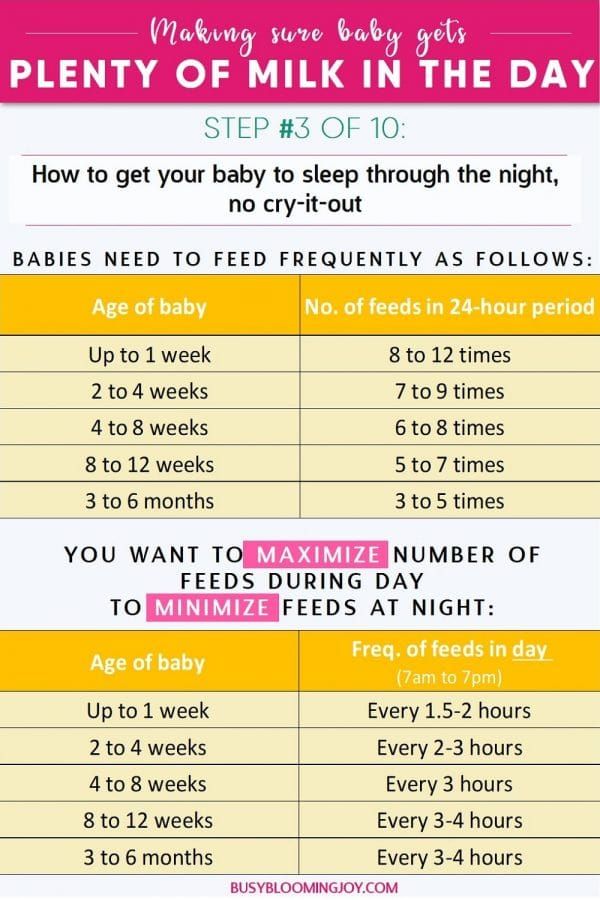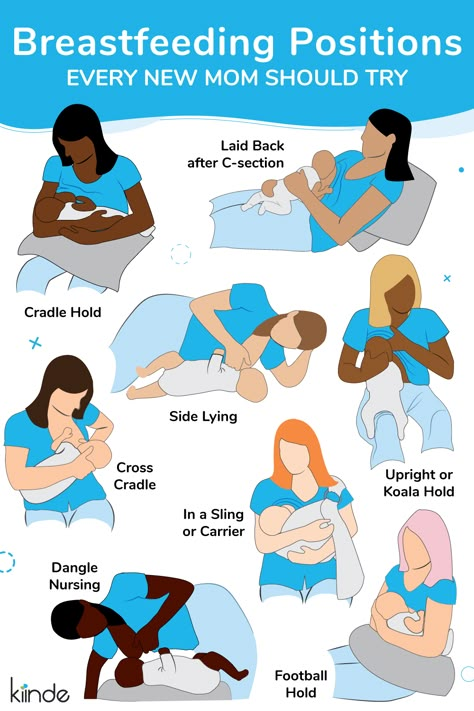Baby swallowing air during bottle feeding
Tips for Bottle Fed Baby Gas
JanelMS, RD, LDN, CBS
Read time: 8 minutes
What should I know about handling infant gas in my bottle-fed baby?Understand that baby gas is unavoidable
Learn the many causes and symptoms of a gassy baby
Tips and tricks for baby gas relief
Gas is incredibly common in babies. Many health professionals consider it a result of baby’s immature digestive system. Gas bubbles create painful pressure that baby is not yet good at resolving on their own, and it’s often worse at night. In fact, you’ll hear a lot of rumbling and gurgling until your little one is able to handle the gas better, which generally happens around 3 or 4 months of age.
While swallowing air tends to be a common culprit of gas in babies, both causes and symptoms of gas discomfort vary from child to child. This sometimes makes it more challenging to find the right solution for your little one.
Common causes of gas discomfort in formula or bottle-fed babies:1, 2
Incorrect latch on the bottle nipple leading your baby to swallow too much air
Excessive crying that fills your baby’s belly with air
Constipation
Immature digestive tract is still learning to process breastmilk, and/or formula, gas, and stool effectively
Common symptoms of gas discomfort in formula or bottle-fed babies:
Excessive burping can indicate that your baby is swallowing too much air from bottle feeding or crying
Your baby may be crying, arching their back, drawing their legs up toward their tummy, or clenching their fists
Spitting up (while typically completely normal) can sometimes be a sign of gas build up in the stomach. Trapped gas bubbles can push some formula or breastmilk back up
Excessive flatulence (again, usually completely normal and a natural way to relieve the pressure of gas) can indicate your baby’s digestive tract is still maturing
Bloating or swollen abdomen can mean that gas is trapped in the intestines
Trouble sleeping is often a symptom, as well as a result, of the combined symptoms listed above – creating a vicious cycle!
While many believe that colic stems from gas, the true causes are harder to pinpoint. 3 Some research even points to infantile migraines as a cause.4 If your baby is crying for 3 hours per day, 3 days per week, and has been doing this for at least 3 weeks, check in with your baby’s pediatrician to chat about the possibility of colic.
3 Some research even points to infantile migraines as a cause.4 If your baby is crying for 3 hours per day, 3 days per week, and has been doing this for at least 3 weeks, check in with your baby’s pediatrician to chat about the possibility of colic.
Learn more about colic and what to do here: How Can I Manage My Baby’s Colic?
Not sure how to help your little one? Come chat with our team of registered dietitians, fellow moms, and lactation specialists, available from Monday – Friday 8 am – 6 pm (ET). Chat now!
Bottle feeding tips to help prevent gasWhat position should I bottle feed my baby in?Hold your baby more upright with only a slight recline. Hold the bottle mostly horizontal, tipped only just enough to keep milk in the nipple.5 This allows baby to draw milk out at the pace they prefer, rather than it flowing too fast and making them swallow more air.
You could also try an angled bottle that naturally allows air to vent out the back.
The best kind of bottle will have a soft nipple that contours along your baby’s mouth and lips thus preventing air from flowing along with the milk.
The milk should flow gradually and slowly so your baby has time to drink and swallow without gulping excessively.6 Many bottles and nipples are staged for different ages, so notice how fast your baby takes the bottle.7
Learn more: Choosing the Right Bottles and Nipples
How fast should baby eat from a bottle?Bottle-feeding should take as long as nursing does for infants – at least 20 minutes but no more than an hour. If your baby can chug down a bottle in 5 minutes, they are likely gulping too fast and taking in too much air. If this is the case, try a slower flow (lower level) nipple.
If your little one is still drinking too quickly, try paced bottle feeding. This aims to slow the feed down and allow baby to take control of the speed of the milk and take breaks. 8
8
Read more: Paced Bottle Feeding
Can formula cause gas?Some babies may have a food intolerance or allergy to an ingredient in the formula. If you also notice changes in baby’s stool, such as mucous or blood, chat with baby’s pediatrician about this possibility.
Formula may cause gas if a lot of bubbles or foam formed when shaking the powder and water together.9 This will cause baby to swallow more air. Let the bottle sit in the fridge until all bubbles have dispersed.
Most formulas can be prepared up to 24 hours in advance and kept in individual bottles in the refrigerator, allowing for plenty of time for the bubbles to reduce!
Learn more: How to Prep Formula
What else can I do to prevent gas when bottle feeding?Burp baby during and after a feedingTake a break after every ounce or two to burp your baby in the middle of a feeding, as they may have swallowed too much air. Burp after the feed as well.![]()
Pediatricians recommend burping your baby while they are in a seated position, with their head supported by the cradle of your hand. You can also burp your baby in the typical position – upright and over your shoulder.10
Be patient while burping because it may take some time for the gas bubbles to surface. You can always try laying baby down for a moment or two to let the bubbles re-settle and then lifting baby up and trying again. If your little one doesn’t burp after a few minutes, it’s ok to move on.
Use tummy timeTummy time isn’t just for your baby’s core and neck strength – the gentle pressure of lying on their belly can help push out the trapped gas.11 Wait at least 30 minutes after a feeding to allow your baby’s belly to settle before starting tummy time.
Or try a more advanced move – use both hands and a lot of guided support to lay your baby tummy down on a large beach or exercise ball and gently roll baby on the ball in a circular motion.
The football hold – try carrying your baby face down with her body resting on your forearm, the front of baby’s diaper area in your hand with baby’s chin cradled in your elbow. Carrying your little one in this face-down position will place the same gentle pressure on her belly that is achieved during tummy time. While in the football hold, you can also gently tap your baby’s back or give a gentle bounce with your arm to give gravity a helping hand.
The colic curl position – Place your baby’s head and back against your chest and encircle your arms under their bottom. Then, move your arms up gently to curl baby into a ball. Or, try reversing this position by placing your baby’s feet against your chest as you hold them.12
The tummy tuck position – Place a rolled-up cloth diaper or a warm (not hot) water bottle enclosed in a cloth diaper under your baby’s tummy.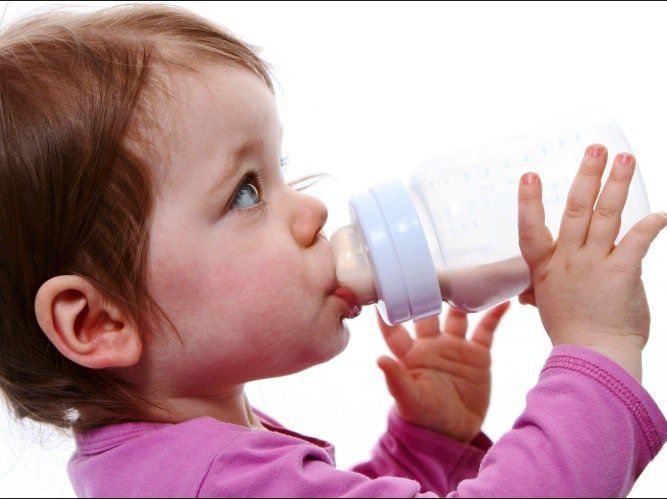 To further relax a tense tummy, lay your baby stomach-down on a cushion with legs dangling over the edge while rubbing baby’s back. Turn baby’s head to the side so their breathing isn’t obstructed.
To further relax a tense tummy, lay your baby stomach-down on a cushion with legs dangling over the edge while rubbing baby’s back. Turn baby’s head to the side so their breathing isn’t obstructed.
While your baby is lying on their back, gently rub their tummy in a clockwise motion, pulling your hands down the curve of the belly. Massaging in a clockwise direction helps to move gas along as that is the route the intestinal tract follows. You can use some baby-safe lotion or oil if baby’s torso is not covered in clothing.13
Bicycle baby’s legsBicycling your baby’s legs in a circular motion can help to move the intestines and release gas trapped lower in the abdominal track. With your baby lying on their back, take their legs in your hands and cycle them slowly back and forth as if they were riding on a bike. Take a break every now and then to press both baby’s knees gently into their own tummy for some extra pressure.
Simethicone breaks down bubbles of gas trapped in the stomach and intestines. It is not absorbed by the body and therefore considered quite safe for babies.9
In clinical trials, simethicone drops were effective in reducing the total amount of gas passed, but not more effective than a placebo when the study focused on baby’s total crying time and the severity of colic-like episodes.14, 15
Wait it out!For most babies, the number one most effective treatment for gas is time. Remember that babies are likely to be gassy no matter what because their digestive system is still immature. If you cannot find an apparent cause for your baby’s gassiness, they probably just need a little more time to mature.
Let’s Chat!We know parenting often means sleepless nights, stressful days, and countless questions and confusion, and we want to support you in your feeding journey and beyond.
Our Happy Baby Experts are a team of lactation consultants and registered dietitians certified in infant and maternal nutrition – and they’re all moms, too, which means they’ve been there and seen that. They’re here to help on our free, live chat platform Monday through Friday, from 8am–6pm ET. Chat Now!
Read more about the experts that help write our content!
For more on this topic, check out the following articlesHow Much Formula does my Baby Need?
How Do I Manage Gas In My Breastfed Baby?
Should I Switch Baby Formulas?
6 tips to prevent gas and colic in babies
I was advised by my pediatrician to supplement breastfeeding with bottles of formula as my son was dehydrated due to my low milk supply, however, I never got any tips to prevent gas and colic. The minute I introduced baby bottles (with formula or breastmilk), he turned into a bag of gas every time I fed him. He and I suffered through hours of crying due to painful gas pains, leading to colic and spit-ups.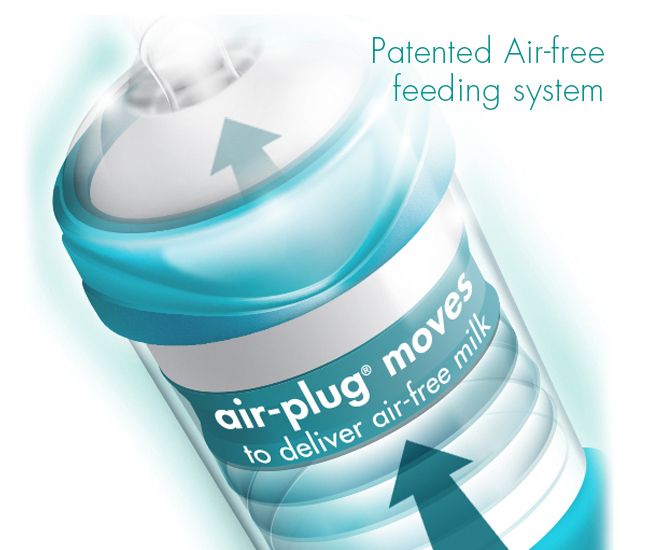 After spending hours, days, and weeks of research, I concluded that air swallowing is the number one cause of gas and colic. Babies can swallow air when they cry when they suckle, and while they feed. Most air ingestion is caused when bottle-feeding due to the air retained inside the baby bottles. Here are six tips to prevent gas and colic by minimizing air-swallowing while feeding.
After spending hours, days, and weeks of research, I concluded that air swallowing is the number one cause of gas and colic. Babies can swallow air when they cry when they suckle, and while they feed. Most air ingestion is caused when bottle-feeding due to the air retained inside the baby bottles. Here are six tips to prevent gas and colic by minimizing air-swallowing while feeding.
Tips to prevent gas and colic
1. Get ready. Don’t wait until your baby is desperately hungry to feed him or her. Frantic sucking while feeding leads to a lot of air-swallowing resulting in gas and colic. Learn to recognize the early signs of hunger in your baby. Some signs can be sucking fingers or hand, lip-smacking, and sobbing. Once your baby shows these signs, create alarms on your device (phone, tablets, etc.) to let you know when you need to start getting ready for the next feeding. Several smartphone apps are available to help you do this such as “Feed Baby – Baby Tracker” by Penguin or “Eat Sleep: Simple Baby Tracking” By BitMethod.
2. It’s a date!. In our recent breastfeeding tips, we talked about enjoying the meal times. You can do this whether you breastfeed or bottle-feed. Treat it like it is; “a fancy meal” to be relished. Get on your favorite rocking chair, fit your favorite pillows around your body to keep you comfortable, get your favorite relaxing tunes playing, and enjoy the experience. Invite your partner to participate; you should both look forward to it. The goal here is to relax you and the baby so food digests better.
3. Stirred not shaken. Be sure to stir the breastmilk or formula to mix instead of shaking the contents within the bottle. Shaking creates lots of air bubbles mixing with the milk that will end up in your baby’s tummy. You want to minimize bubbles as much as possible. Try mixing the formula in a separate container so you can stir with a spoon and make sure it’s fully dissolved.
Tips to prevent air-swallowing
4. Avoid air-swallowing. If your current baby bottle has an air-vent, change your bottle. If you use bottles with lines and see empty space inside, change your bottle. Bare® air-free feeding system has an air-plug that allows you to expel all the air before feeding your baby. Then, it maintains an air-free environment for the milk at all times. The goal is to minimize air-swallowing that causes gas pains and colic.
If your current baby bottle has an air-vent, change your bottle. If you use bottles with lines and see empty space inside, change your bottle. Bare® air-free feeding system has an air-plug that allows you to expel all the air before feeding your baby. Then, it maintains an air-free environment for the milk at all times. The goal is to minimize air-swallowing that causes gas pains and colic.
5. Upright feeding position is best. Have you ever tried eating or drinking while you’re lying down? It’s very uncomfortable and takes extra effort to force the food into your stomach. Pediatricians say you should never lay your baby down while feeding. Unfortunately, it is comfortable for the caregiver to lay down the baby since most baby bottles only work when turned upside down. Bare® air-free works with suction as opposed to gravity and dispenses air-free milk while it’s right side up (like a straw cup), allowing you to feed your baby in a vertical, upright position.
See Feeding Positions for babies with reflux
6. Do not overdo it! While a hungry baby will chug a whole bottle just because your current bottles may offer a free flow of milk, be sure not to overfeed. Let your baby control the flow and pace of which she drinks with suction strength. If your baby is getting full and applies less suction than the beginning, it is time to stop the feeding. Bare® is designed to stop dispensing milk when your baby stops sucking to prevent overfeeding. This feature is a great projectile-vomit stopper!
I hope you enjoy the reading, look for more tips on our weekly blog, and remember, feel free to contact us if you have any questions or need support finding the help you need.
Your friend; The Breast Fairy
Baby swallows air while bottle feeding
Reading 5 min. Views 1. 6k. Posted by
In the first days of his life, the baby sucks up to 30 ml of milk. While he eats, he learns to distribute his breath, control his entire process, tries to swallow and suck correctly. However, all this is quite difficult and the child swallows air when feeding from a bottle, which accumulates in the ventricle and causes pain.
Why does the child swallow air?
When the baby is in a hurry and eats quickly, parents can observe the ingress of excess air along with the baby's food. As a result, there is anxiety and tearfulness of the baby.
The reasons for swallowing air during feeding can be the following: In this position, the baby smacks when feeding from a bottle, grabbing air droplets along with milk; Why is the child breathing heavily? Up to a month, the breathing of the baby always occurs unevenly. This is considered the norm. As well as gurgling, wheezing. Often mothers are worried about why a newborn breathes heavily after bottle feeding. There is no particular reason for excitement here. The baby could simply overdo it, persistently sucked, tired. The nasal passages of infants are narrow. The nose is small. Over time, this passes. There is no particular cause for concern here. Some babies, on the contrary, breathe heavily during the feeding itself. Why is the baby clattering? This action may occur during feeding. First, check the position of the bottle. The baby clicks when feeding from a bottle, poorly grabbing the nipple. Secondly, perhaps a short bridle, a short tongue. In this case, you need to consult a doctor. Try to give the nipple deeper, pull out the tongue of the crumbs before feeding. A strong clatter can be observed when the hole in the nipple has resolved and the baby, eating, begins to choke. Therefore, the pacifier needs to be replaced. There are two ways to help the baby: When baby swallows air while bottle feeding, stops eating, pick him up, hold him, let him burp, continue to feed him. Whenever your baby finishes eating, let him burp. Then air masses will stop collecting in the ventricle, the baby will not show anxiety. To make breastfeeding a joy for mother and baby, follow these tips: Using the tips above, you can save your child from swallowing air. He will not experience discomfort after feeding. The process of eating will go smoothly. Find out how to bottle feed your baby safely, how to help your baby feel safe while feeding, and how to set feeding times based on your baby's needs. Avoid lying down when bottle feeding as the milk flows out of the bottle under the force of gravity (at a constant speed controlled by alternating pressure on the nipple). An infant may choke on milk if fed in a horizontal position. Therefore, it is very important to choose the right - more upright - position for feeding (the baby's head should always be slightly higher than the rest of the body). Your baby's head should be in the crook of your arm, in line with his spine. The bottle feeding position should resemble the natural feeding position - especially when you feed him with two different feeding methods. Remember: Put the bottle in your baby's mouth so that it forms a right angle with his face. Your baby should not encircle the entire nipple with his lips, but only its oblong part, while the lips should rest against the rounded part. The oblong part should always be full of milk. Little children need parental love and affection. Your closeness helps him feel safe. Therefore, it is very important to talk affectionately with the baby as often as possible, hug and stroke him. Feeding is the best time to build an emotional relationship with your baby. This is very easy to do when you are breastfeeding because you are already in physical contact with each other. However, bottle feeding also allows you to be closer to your baby as he feels the warmth of your body. Bottle feeding also allows other family members - the father, brothers and sisters to get closer to the child, since not only the mother can feed the baby in this way. Never feed your baby when you are irritated or tense. Take some time for yourself first, take a deep breath and try to relax. Formula milk is not as easily digested in the baby's stomach as breast milk, so according to generally accepted rules, it should be given every 3 hours. Some pediatricians say it's best to give your baby formula on demand, that is, when the baby is hungry. In their opinion, it is better to feed the child than to wait another hour and keep him in suspense because he wants to eat. However, you still need to control the number of feedings and your baby's weight gain. During the first month of life, the baby should eat > 7-8 times a day, 90-100 ml for each feeding, in the second month of life: 6-7 times a day, 100-120 ml for each feeding. When your baby sucks milk from a bottle, he also swallows air. Therefore, he may feel full even before he drinks half the bottle. When feeding a child, breaks should be taken every few minutes to allow the baby to take in air - after such a break, he should ask for food again. During feeding, hold the baby in an upright or semi-recumbent position for a while (sometimes even for several minutes) to give him the opportunity to release air accumulated during feeding from the digestive tract. Help the child by holding him on your shoulder, putting his hands on your back. Bend and spread his legs a little. You can also massage his back or pat him gently from the bottom up. Remember to protect your clothes with a diaper or towel. You can also help your baby burp out excess air when he is in your lap. The child should lie on his tummy, leaning on your hip, and his arms should hang freely on the other side. The child swallows air when feeding from a bottle, at the same time choking on milk;
The child swallows air when feeding from a bottle, at the same time choking on milk;  They sniffle, grunt, push.
They sniffle, grunt, push. What should I do if my child swallows air?
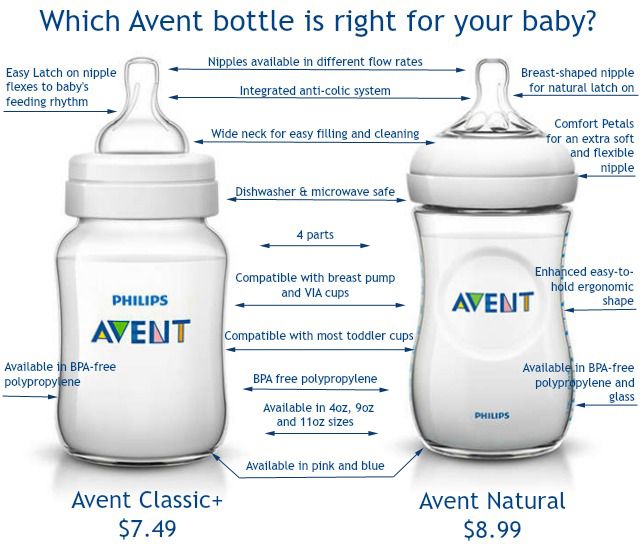 His head should touch his mother's shoulder. Lightly pat him on the back. The air masses will come out quickly. Otherwise, put the child down and repeat the procedure again.
His head should touch his mother's shoulder. Lightly pat him on the back. The air masses will come out quickly. Otherwise, put the child down and repeat the procedure again.
 Milk should drip, not flow;
Milk should drip, not flow; Bottle feeding | Canpolbabies.com
The most important thing is to choose the right position when feeding
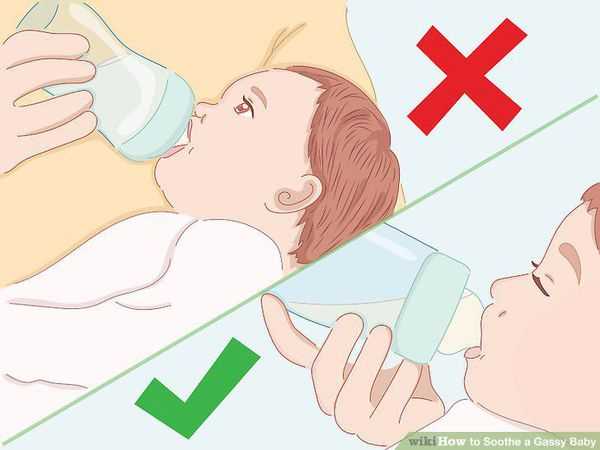
How to give your baby a bottle
 Otherwise, the baby will swallow a lot of air during feeding, which can cause colic. Air bubbles in the bottle mean your baby is suckling properly.
Otherwise, the baby will swallow a lot of air during feeding, which can cause colic. Air bubbles in the bottle mean your baby is suckling properly. Emotional connection
Calm emotional background
 When you have calmed down, sit in a comfortable chair, place a pillow under your arm, place your baby on the pillow, and start feeding while speaking gently to your baby. Your child feels your emotions. If you are tense, he will also feel restless. Also, never feed your baby when he is excited, crying or screaming. When he is in this state, his airways are not protected and food can enter his larynx instead of his esophagus.
When you have calmed down, sit in a comfortable chair, place a pillow under your arm, place your baby on the pillow, and start feeding while speaking gently to your baby. Your child feels your emotions. If you are tense, he will also feel restless. Also, never feed your baby when he is excited, crying or screaming. When he is in this state, his airways are not protected and food can enter his larynx instead of his esophagus. Feeding by the hour
 During the first six months, the baby should gain approximately 150-200 g per week.
During the first six months, the baby should gain approximately 150-200 g per week. Feeding breaks





